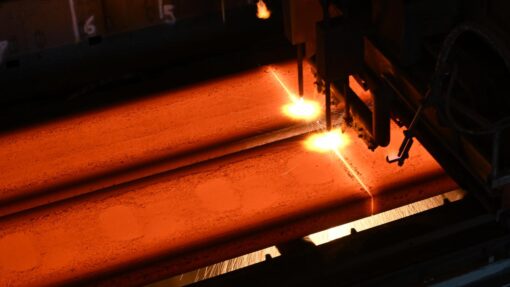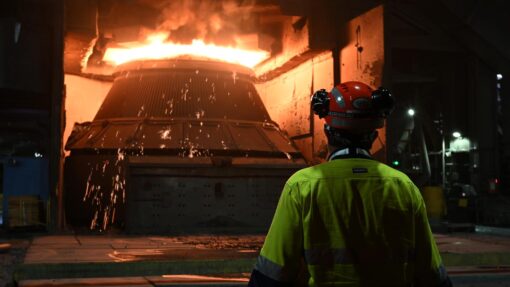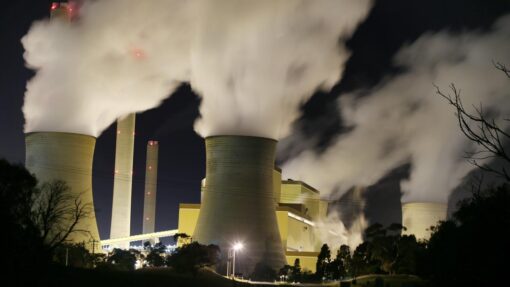Aussie start-up has a ‘solid’ plan to revive hydrogen
Jennifer Dudley-Nicholson |

Green hydrogen could be cheaper to produce, less dangerous to store, and power a long list of environmentally friendly projects if it is turned into a material rather than a gas.
Sydney start-up SolidHydrogen launched a bid to prove the concept on Wednesday, seeking funding to establish a manufacturing facility in Australia.
The fundraising round follows delays and cancellations for several green hydrogen proposals this year, including facilities planned for Gladstone in Queensland, Port Pirie in South Australia, and the Pilbara in Western Australia.
Green hydrogen, which is created using renewable energy, will be needed to reduce carbon emissions from hard-to-abate sectors such as heavy transport, iron and steel production, and energy generation and storage.
High costs in creating the fuel were the biggest hurdle to its development, but could be overcome with a different approach, SolidHydrogen chief technology officer Kondo-Francois Aguey-Zinsou said.
“What we have realised is that the technology we develop in my lab at the University of Sydney can help resolve this cost issue,” he told AAP.
“By using metal hydride we can solve costs across three key parts of the hydrogen sector: hydrogen compression, hydrogen purification, and hydrogen storage.”

Storing green hydrogen within a metal alloy could reduce its cost from $US15 per kilogram to $US3.80, he said, and would also make it safer to store and easier to transport.
The company had secured part of a $2.5 million grant from an international consortium to test its technology, and would now seek $3 million from investors to establish a pilot production plant in Sydney.
Building the plant in Australia made sense, Prof Aguey-Zinsou said, due to the nation’s rich natural resources, including access to a lot of solar and wind power.
“Australia is blessed with all the things that are needed for the hydrogen economy: it has minerals in the ground, it has the sunshine, it has renewable energy … but Australia doesn’t have manufacturing capability,” he said.
“This is what we are trying to push (because) this is Australian (intellectual property), this is developed in an Australian university, SolidHydrogen is an Australian company.”
The University of Sydney’s Venture Investment Team has committed to providing cornerstone funding for the project, and head Geoff Waring said it was excited to see the start-up bring green hydrogen costs down to “to parity with carbon fuels”.
Green hydrogen proposals cancelled or delayed in Australia have included a $750 million facility planned for South Australia, a $14 billion export project in Queensland, and a $55 billion green energy hub in Western Australia.
AAP


